Robotics

Agni
AI-driven Contract Review designed for Law Firms to make the risk analysis and review process more efficient and standardized.
Founder: Manish Agnihotri
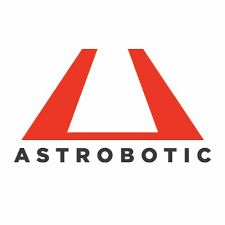
Astrobotic is a class 2-kg rover platform capable of small-scale science and exploration on the Moon and other planetary surfaces. It is being developed in partnership with CMU and Astrobotic, which was elected by NVC ASA for a Phase II SBIR Award. This new small rover platform complements Astrobotic’s lunar payload delivery service by providing a low-cost mobility capability. (Astrobotics is a Strategic Partner).
Founder: John Thornton
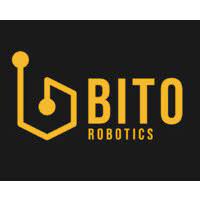
Autonomous vehicles for shipping goods in factories.
Founders: Chaohui Gong, Howie Choset

Bloomfield Robotics is developing a collection of technologies designed to acquire and analyze high resolution measurements in agricultural environments. The three primary technologies are (1) stereo and hyper spectral imaging unit with synchronized flash lighting that can collect high-quality images of crops in field conditions, and an associated pipeline of image processing tools that can automatically extract features such as plant size or fruit quality from the images.; (2) a robotic manipulator that can intelligently touch plants in order to deploy sensors that require contact, such as plant penetrometers, spectrometers, and leaf clamp sensors, and (3) a wheeled mobile robot platform that can navigate between rows of crops such as corn or sorghum, and can autonomously deploy the capabilities described in (1) and (2). They are currently focusing their efforts on visual analysis of wineries to improve quality and reduce product loss.
Founders: Timothy Mueller-Sim, Eric Felix, George Kantor
Acquired September 2024 by Kuboto Tractor Corporation
![]()
Building the world's most affordable open-source human-size robots for students, educators, researchers and hobbyists.
Founder: John Choi

Researchers at CMU have created an electro-adhesive clutch for robotics actuation that achieves game-changing performance improvements compared to other state-of-the-art clutches. This technology could enable dramatic advances in the capability of lightweight, human-safe robots. They also have a good understanding of design using the electro-adhesive technology, and see broad applications in other industries, such as haptics/virtual reality, smart and adaptive clothing, and modular components.
Founders: Stuart Diller, Carmel Majidi
Fifth Season is an indoor vertical farming business that uses automated robotics and software analytics. Their patent-pending technology improves labor efficiency and crop output while also providing an unprecedented level of data analysis for optimization from seed to harvest.
Founders: Edward Webb, Daniel Seim, Austin Lawrence

Four Growers is developing a robotic platform to harvest indoor farm produce. Their first robot is harvesting greenhouse tomatoes.
Founders: Daniel Chi, Brandon Contino
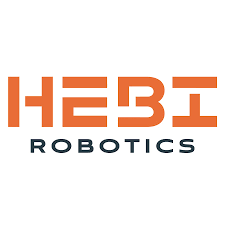
CMU researchers have developed a family of core modular robotic components enabling a plug-and-play approach to assembling robotic arms that will reduce the cost of assembly and programming. The modular architecture and data collection system can apply to virtually every data acquisition and controller system present in any complex system like an industrial setting, remote data network, etc. Funded by Innovation Works.
Founders: Florian Enner, Matthew Tesch, Howie Choset, David Rollinson

Mach9 Robotics is creating Google Maps for subsurface information by creating intelligent software that analyzes radar data 100X faster than existing methods.
Founders: Alexander Baikovitz, Joshua Spisak

Mayim develops tools to make horticulture and environmental sensor data useful and actionable. Sensorweb, which can support multiple sensor types (soil moisture, humidity, wind speed, etc.) has been deployed in many horticultural environments for monitoring crop conditions and providing precision irrigation control.
Founder: Steve Hollis

AI powered, automated farm digitalization for fast and accurate inventory management. Farm Digitalization Re-Defined: Combining LiDAR, Camera, and GPS for complete farm visibility.
Founders: Shrijit Singh, Di Hu

Panacea.ag
Greenhouse monitoring and sensing system that combines IOT, robotics, AI, and data analytics to help farmers grow more with less.
Founders: Stefan Vantchev, Hank Wilde

Phlux is developing a depth camera that solves many problems with existing depth cameras including modelling of shiny metal objects, imaging outdoors, and imaging translucent objects. Their depth cameras can also be dynamically configured per frame to capture regions of the scene at varying resolutions. The technology enables rapid selection of which regions to image and at what rate; providing only the information about the scene the application needs. The technology offers a compromise between LIDAR and consumer grade depth cameras that has applications in mobile robotics, industrial inspection, self-driving cars, and other outdoor depth imaging tasks such as security systems.
Founders: Joseph Bartels, Srinivasa Narasimhan
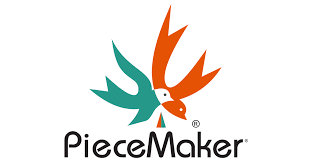
PieceMaker helps companies across industries successfully introduce interactive product customization and 3D printing experiences into their unique markets.
Founders: Arden Rosenblatt, Alejandro Sklar

Gig economy robot teleoperation over the web for food delivery.
Founders: Amirardalan Tajbakhsh, Sean Wang
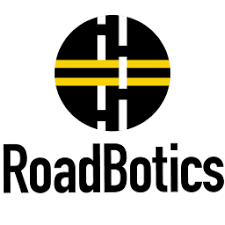
RoadBotics currently assesses roadways for over 100 cities in multiple countries using standard smartphones and a propriety AI platform. Their image analysis detects and scores a wide variety of road surface features and irregularities on asphalt, concrete and gravel surfaces, as well as a variety of roadway ‘furniture’ like signs, sidewalks and poles. Mounted on the windshield of a car, a camera captures images of the street which are then sent to the company for analytics. Funded by Innovation Works. The company raised a VC round from Hyperplane Venture Capital and others in 2019.
Founders: Mark Desantis, Christoph Mertz, Courtney Ehrlichman
Aquired July 2022 by Michelin.
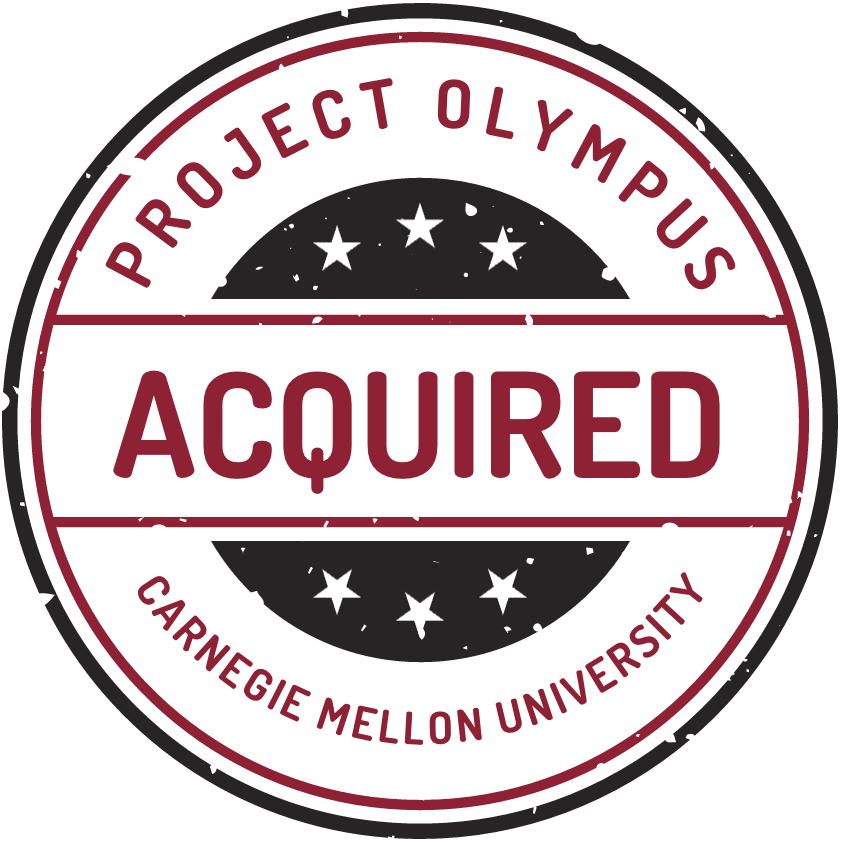

Shift Robotics (formerly Nimbus)
Shift Robotics is a robotic shoe accessory company. Their first product are smart motorized shoes that “will easily double your walking speed” and know when to slow down, stop, and lock.
Founder: Xunjie Zhang
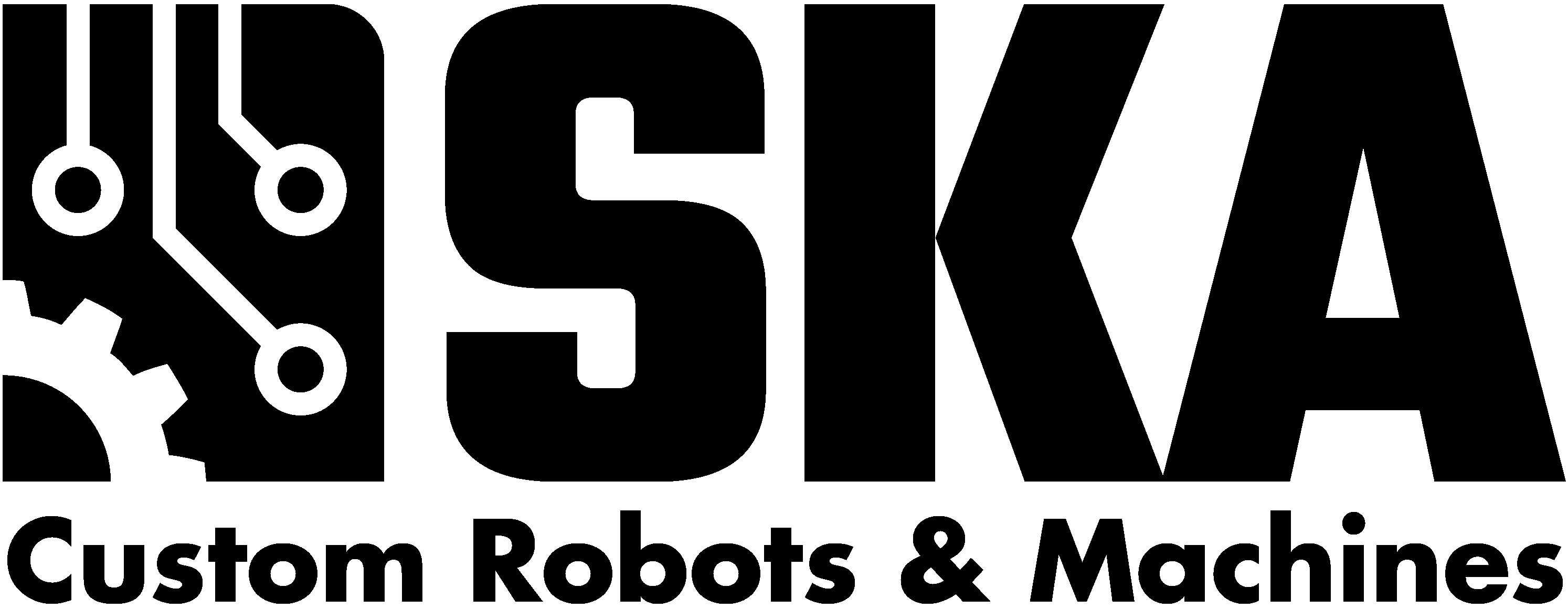
SKA Custom Robots & Machines is a solution-oriented contract engineering firm with a core competency in robotics that helps overcome a company’s complex engineering challenges.
SKA takes a holistic approach to develop tailored, early-stage new product solutions. SKA provides everything from ideation, design, and engineering, to the building of physical prototypes that integrate seamlessly with your existing capabilities.
Following initial consultation, SKA assembles a team to specifically build your product. Examples of custom solutions include ultra-light and rugged unmanned ground vehicles and that can tow or mount 300lbs of payload, autonomous robotic catamaran and a custom mechatronic system with three degrees of freedom.
Founder: Spencer Krause

Smart Head Lights can sense, react, and adapt quickly to any environment while moving at highway speeds. The headlight has a general mechanical design with operational flexibility coming from its programmability. Through optimized software and computational algorithms, Smart Head Lights can perform a variety of tasks such as glare-free high beams, improved visibility during snowstorms, enhanced visibility and augmentation of driving lanes, and early visual warning of road obstacles (e.g., pedestrians, construction workers, bicyclists, etc.).

Sonder
Our business concept is to deploy autonomous mobile manipulators at urban curb-side electric vehicle (EV) charging stations that have the capability to navigate the site and plug/unplug charger into/from EVs. Currently, charging stations tend to have limited usage since EV owners are required to physically unplug their vehicle after 4-6 hours of charging so that other users can access the station; by automating the physical charging procedure, user’s will have a more convenient charging process and charge station usage can be optimized to maximize provider’s revenue.
Founders: Bruce Kim, Sabrina Shen
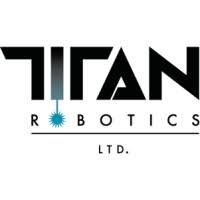
Researchers from the National Robotics Engineering Center (NREC) at CMU are developing an environmentally friendly system to remove paint and coatings from aircraft. This scalable system uses a powerful laser stripping tool and state-of-the-art mobile robotswhile reducinghazardous waste, air emissions, maintenance costs, and processing time.
Founders: Alonzo Kelly, Stuart Lawrence, Chris Baker

